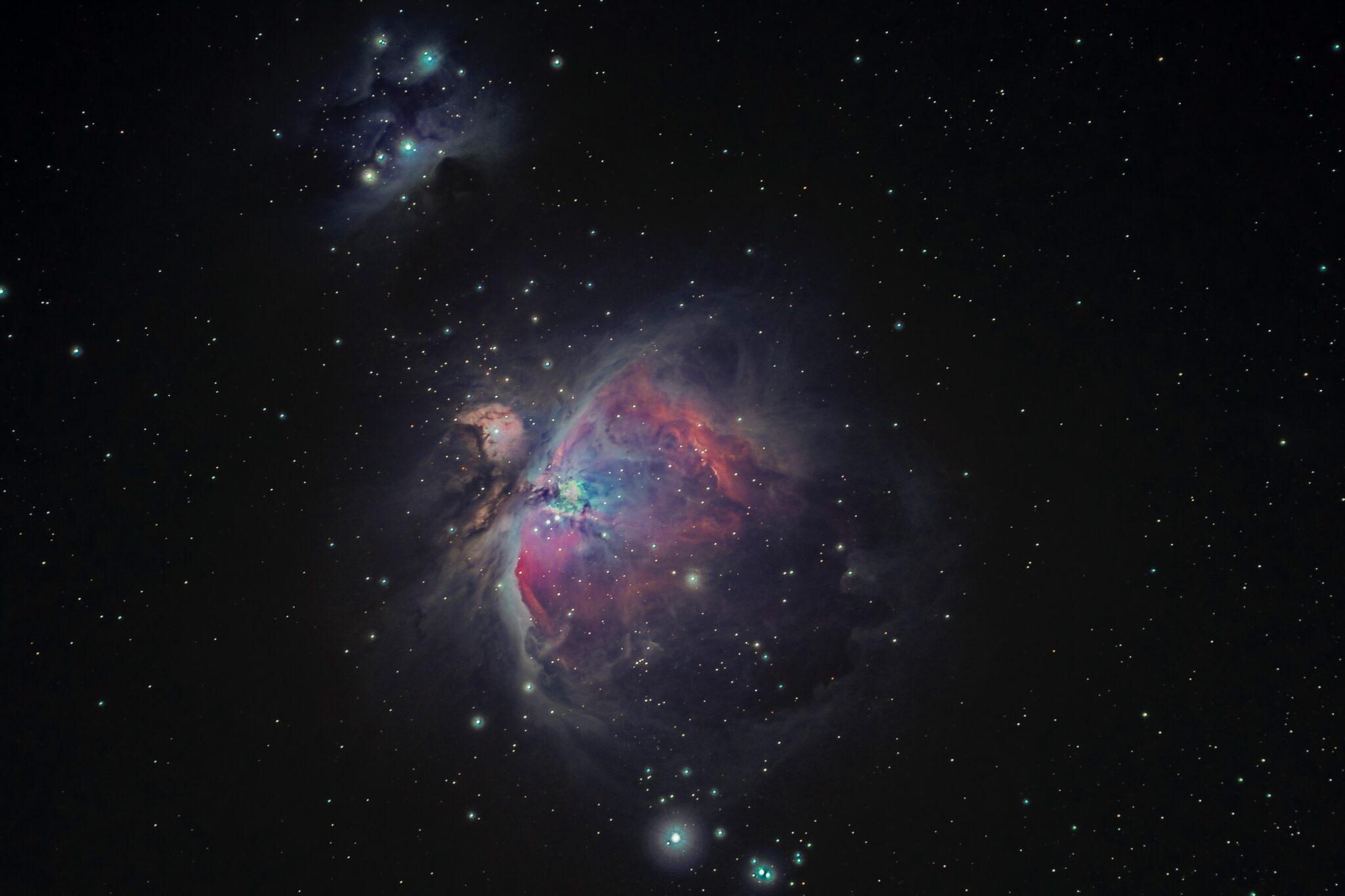Take a tour of some of the fascinating Astrobiology News of the month.
Left memory in space
Radiations can cause serious electrophysical changes in the cell thus reducing the life of cells. Keep an eye on the Mars chronic, low dose radiation Charles Limoli and colleagues at the University of California, Irvine, Stanford University, Colorado State University and the Eastern Virginia School of Medicine exposed mice with these radiations in the lab for 6 months which resulted in its learning and memory impairment along with anxiety behavior; confirming that life cycle of cells have been changed. These changes were explained as a part of the interrupted cellular signaling of the various parts of the brain and making them unable to think throughout their life.
Scientists predicted that if appropriate measures won’t be taken 1 out of 5 scientists landing on Mars will have anxiety behavior and 3 out of 5 will have memory impairment along with an inability to make decisions throughout their life.
Microbes fly on Mars
News circulating suggested that microbes move across different regions through wind-driven dust particles irrespective of the drier or the UV irradiated conditions. For the potential spread of life on Mars, samples from 3 different sites of Atacama desert, known as Mars analog were taken. Keeping up its high aridity, saline or oxidizing soil with extreme UV radiations, a total of 23 bacterial and 8 fungal species were collected through sampling. Out of which 3 species were found in all the three sites suggesting different airborne ecosystems of the deserts. These airborne particles make life impossible on Mars. Further studies indicated that the sample collected in the morning has microbe cells from nearby areas however in the afternoon they were actually located in the remote areas. Thus we may speculate similar life situations on Mars.
Mechanics of early life
Mechanics of early life has been explained in research. Recent research based on the biological concept of cellular differentiation and chemical gradient showed that the uniform droplets when exposed to microbes or the shape-shifting molecules from one direction into the population resulted in a membrane-bound structure with a different shape, chemical composition, and enzyme activities. This change of droplets due to the chemical gradient predicts the early life evolution.
“In particular, as chemical gradients produce protocell diversity from uniform populations, maybe a similar mechanism was responsible for the emergence of functional complexity in ancient proto-living systems.” Said Professor Tian who was working on this project alongside Dr.Mann who added: “Although the research is just beginning, the results provide a step towards developing artificial cell platforms for chemical sensing and monitoring under non-equilibrium (flow-based) conditions.” This is how early life evolution becomes predictable.
TESS on the hunt to find a sign of life on Mars
Transiting Exoplanet Survey Satellite (TESS) or simply known as planet-hunting satellite launched in 2018 found three different planets across our neighboring star to predict life-sustaining conditions which are still 73 light-years away from our planet. Since found at the habitual zone researchers are hopeful to study whether it has warm oceans or conditions suitable for life even though no astronauts can be risked to these planets. Additionally, a rare situation the planet is quiet, having little flare which allows researchers to observe it and its orbiting planets easily.
Our solar system contains either rocky small planets like our Earth or huge gas dominant planets like Neptune or Saturn. However, some mini Neptunes are observed around other stars. “The hunting satellite will soon allow us to study this “missing link” between rocky Earth-like planets and gas-dominant mini-Neptunes because here all of these types formed in the same system,” said lead researcher Maximilian Gunther. So, life may be possible on Mars.
Life as we don’t know it?
Searching of life with the chemical properties went old as NASA headed towards molecules based on their complexity. Johnson, the graduate of MIT, studied strata of Mars a unique assemblage of minerals through acid salt lakes of Yilgram Carton to understand the mineral biosignatures or biomarkers preservation in this environment. Saturn moon called Titan is the hydrocarbon pool with rocky frigid terrain. Astrobiologist head towards experimenting concepts like “life as we don’t know it” on this moon surface. Thus, life is still unknown, non-existable in space.

Rida Nayyab is a young activist and a Cricket freak. She is a Student of Bio-Chemistry and striving for a better future. Rida is also a freelance writer, social enthusiast, and love to reading, writing and exploring. She is head of the social media team of Scientia magazine.

